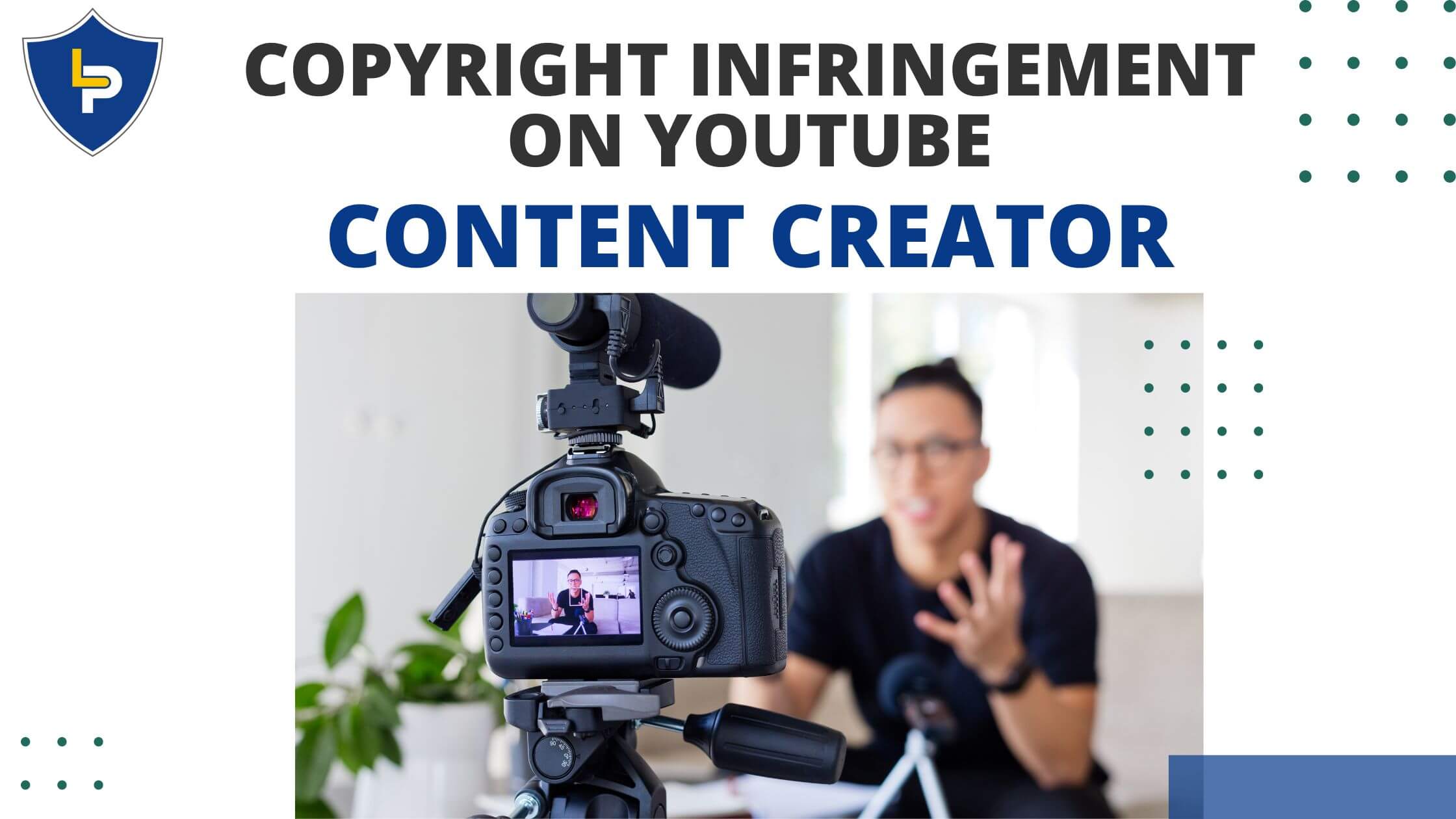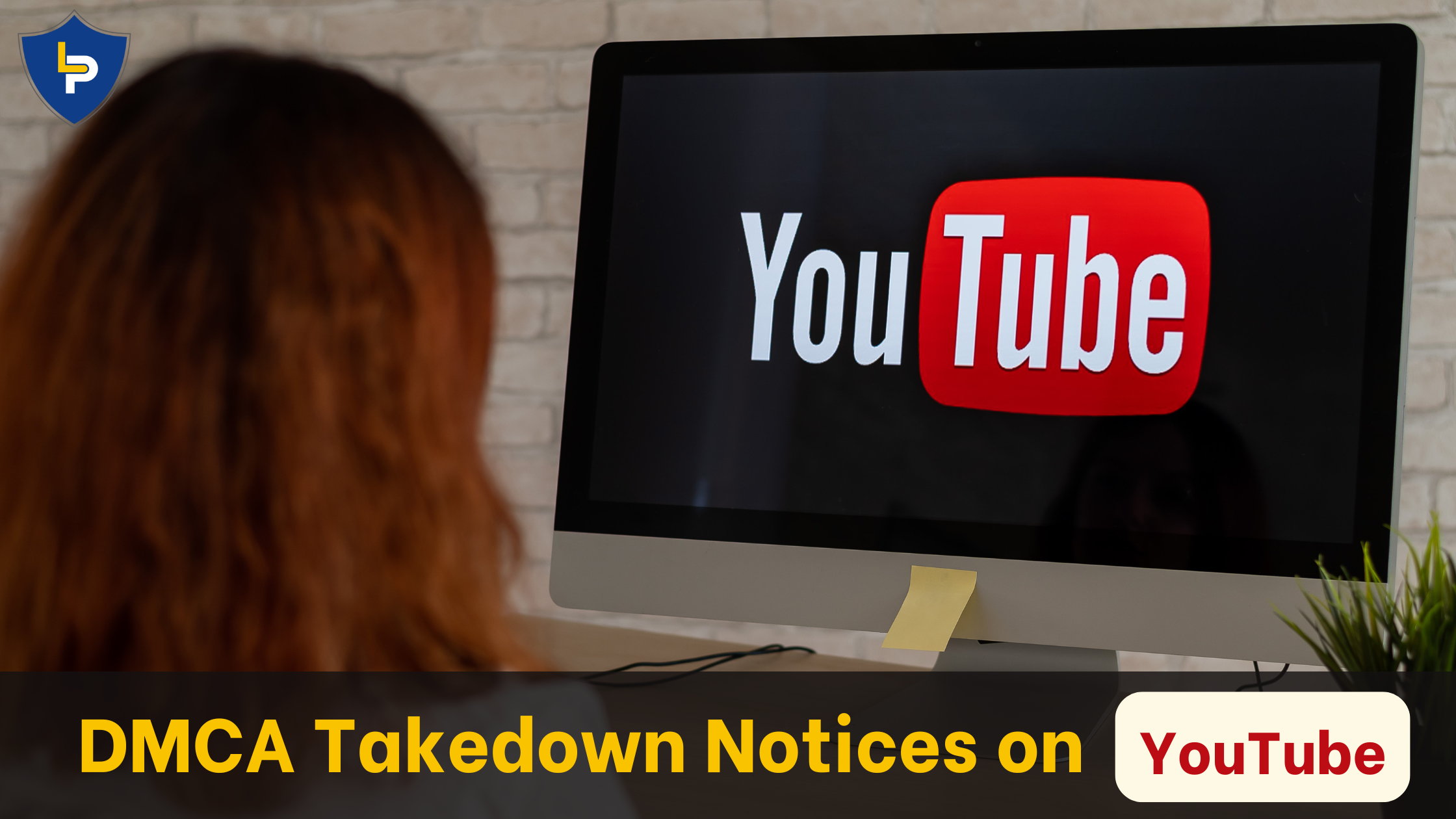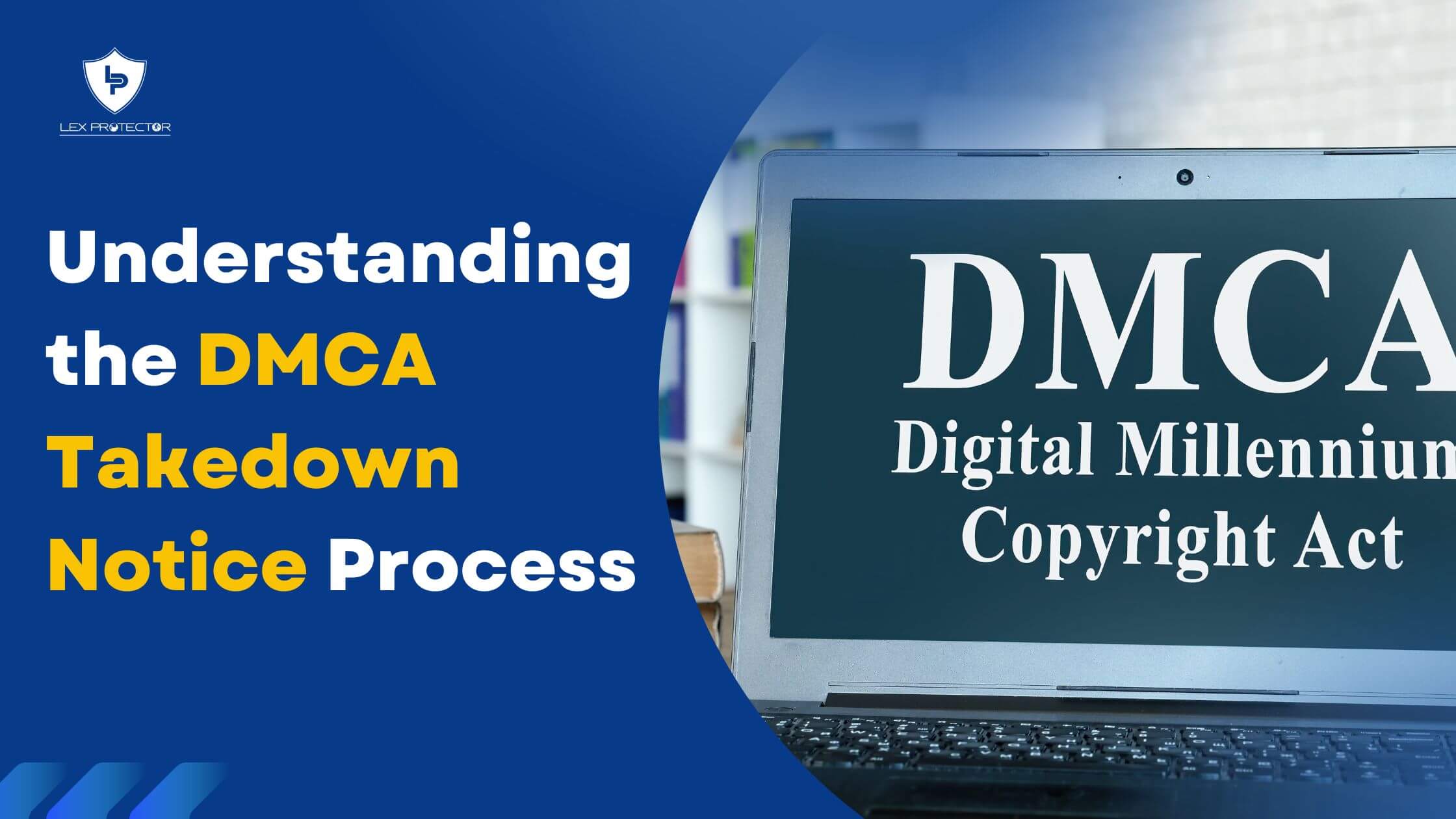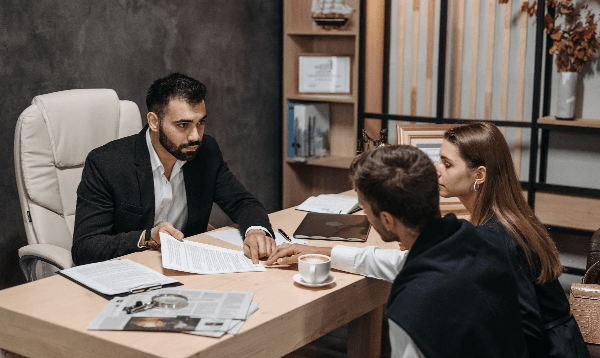As a YouTube content creator, one of your main concerns should be ensuring that your content complies with copyright laws. Copyright infringement is a serious issue on the platform, and understanding how to navigate these laws can help protect your channel and its content. This post will guide you through the intricacies of copyright infringement on YouTube and offer valuable tips to safeguard your creative work.
Understanding Copyright Infringement
Copyright infringement occurs when someone uses a copyrighted work without the permission of the copyright owner. On YouTube, this can include using music, video clips, images, or other content that you do not own or have not been granted explicit permission to use. YouTube takes copyright infringement seriously and has implemented tools and policies to protect the rights of content creators and copyright holders.
The Consequences of Copyright Infringement
Violating copyright laws on YouTube can have severe repercussions. These include:
- Content Removal:
YouTube may remove your video if it is found to infringe on someone else’s copyright. - Strikes on Your Channel:
Repeated violations can result in copyright strikes. Accumulating three strikes within 90 days can lead to the termination of your channel. - Monetization Loss:
Copyrighted content can lead to demonetization, meaning you won’t earn revenue from videos that infringe on copyrights. - Legal Consequences:
In severe cases, copyright infringement can result in legal action and financial penalties.
Tips to Avoid Copyright Infringement
- Use Original Content:
The safest way to avoid copyright infringement is to create and use your own original content. This includes recording your own videos, composing your own music, and designing your own graphics. - Understand Fair Use:
Fair use is a legal doctrine that allows limited use of copyrighted material without permission from the copyright owner. However, fair use is a complex and context-specific area of law. It typically applies to commentary, criticism, news reporting, teaching, scholarship, or research. Be cautious when relying on fair use, and when in doubt, consult with a legal professional. - Utilize Royalty-Free Resources:
There are numerous online platforms that offer royalty-free music, images, and videos. Websites like Pixabay, Pexels, and the YouTube Audio Library provide content that you can use without infringing on copyrights. - Get Permissions and Licenses:
If you want to use copyrighted material, seek permission from the copyright holder or purchase the appropriate licenses. Many music tracks, video clips, and images are available for licensing, often at a reasonable cost. - Use Creative Commons Content:
Some creators license their work under Creative Commons, allowing others to use it under specific conditions. Make sure to follow the licensing terms, such as giving proper attribution to the original creator. - Educate Yourself on YouTube’s Copyright Policies:
Familiarize yourself with YouTube’s copyright policies and guidelines. YouTube provides a comprehensive Copyright Center with resources to help creators understand their rights and responsibilities.
Dealing with Copyright Claims
Despite your best efforts, you may still receive a copyright claim on YouTube. Here’s how to handle it:
- Review the Claim: Carefully review the claim to understand which part of your video is in question and who is making the claim.
- Dispute the Claim if Valid: If you believe the claim is incorrect, you can file a dispute. Provide evidence to support your case, such as proof of permission or a fair use argument.
- Remove or Replace the Infringing Content: If the claim is valid, consider removing or replacing the infringing content. YouTube offers tools to help you trim out the claimed content, swap the audio track, or mute the offending segment.
- Acknowledge Mistakes and Learn: If you’ve made an error, acknowledge it and take steps to avoid similar issues in the future. Use the experience as a learning opportunity to strengthen your understanding of copyright laws.
Conclusion
Navigating copyright laws on YouTube can be challenging, but by understanding the basics of copyright infringement and taking proactive steps, you can protect your channel and content. Create original work, use licensed or royalty-free resources, and stay informed about YouTube’s policies. By doing so, you can focus on what you do best – creating engaging and entertaining content for your audience.






 Mon-Sat 10am-7pm IST
Mon-Sat 10am-7pm IST